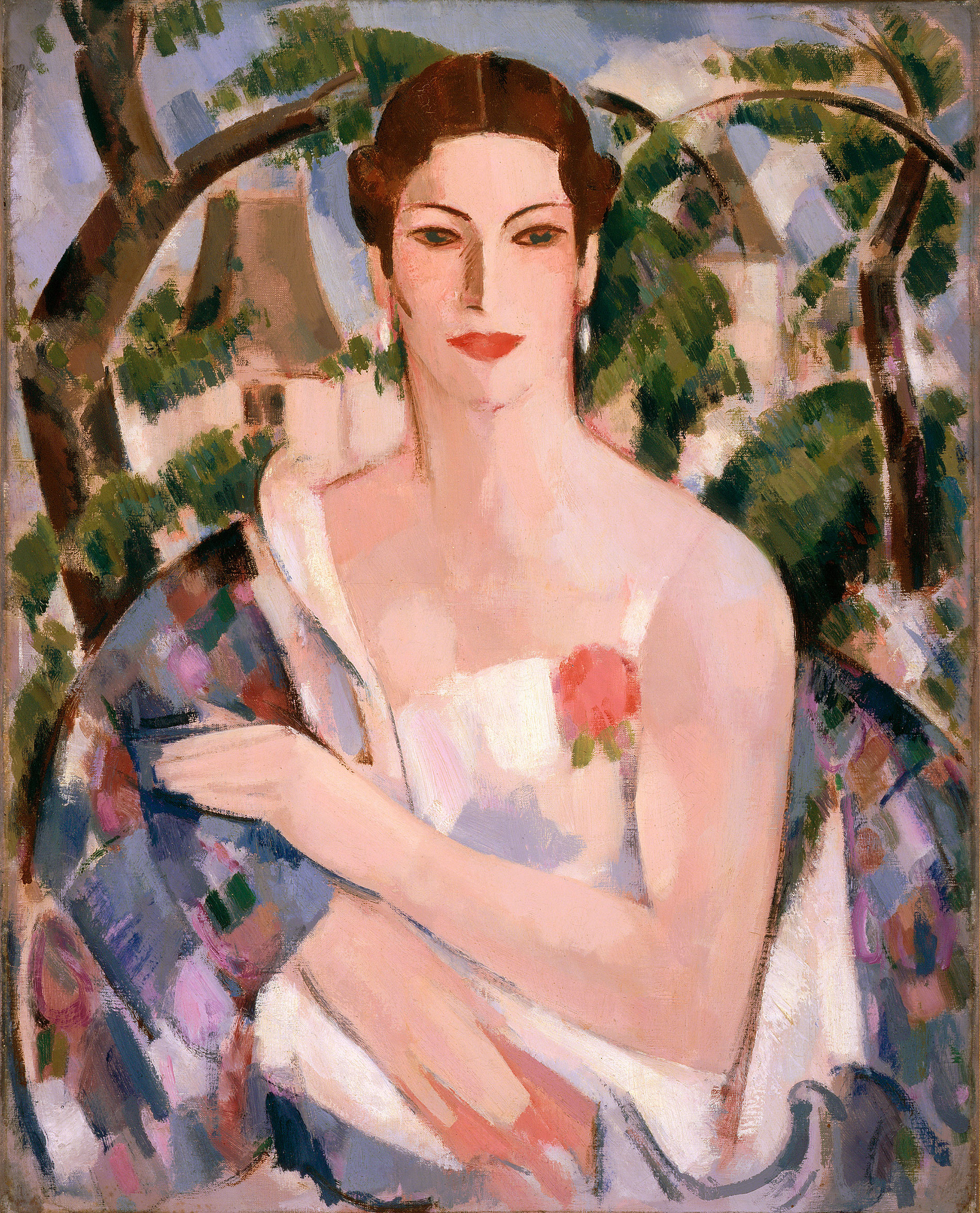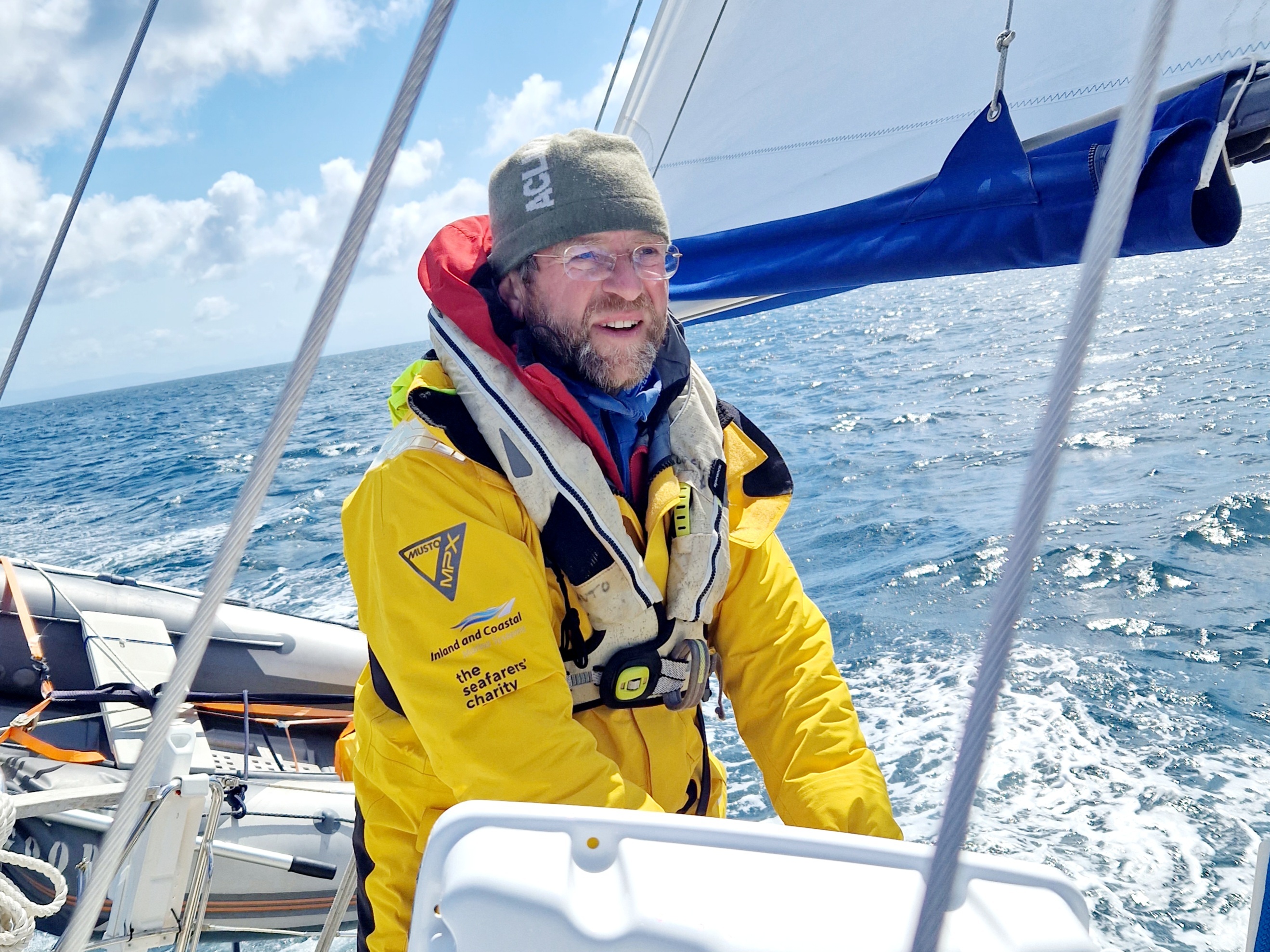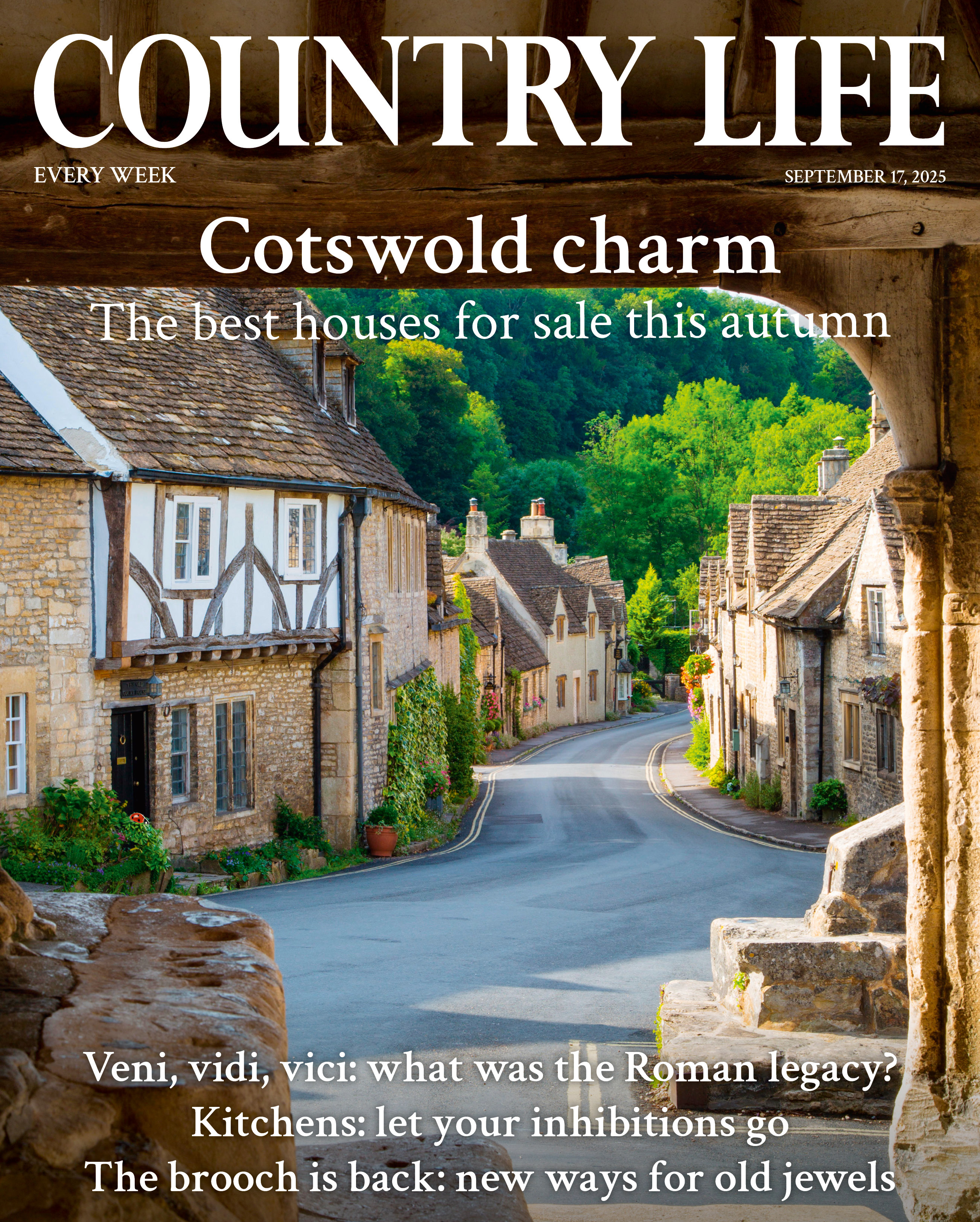In Focus: A masterpiece by Fergusson, the Scottish colourist whose work is tinged by French avant-garde
Lilias Wigan takes a look at a work by JD Fergusson that's statuesque, sculptural and erotic.

In his book Three Scottish Colourists, published in 1950, the curator Thomas John Honeyman linked together three radical Scottish painters: Samuel John Peploe (1871-1935), Francis Campbell Boileau Cadell (1883-1937) and George Leslie Hunter (1877-1931).
Today, we group those artists with a fourth: John Duncan Fergusson, who is the current subject of a dedicated exhibition at Perth Museum and Art Gallery; while all four artists were celebrated at a recent show at The Lighbox in Woking entitled Burning Bright: The Scottish Colourists.
It was not until the 1980s that Fergusson was posthumously associated with a group which was never formally constituted but loosely affiliated through shared artistic interests and friendship. Despite their later fame as the Scottish Colourists, they exhibited together only twice during their lifetimes and were first described as such only when a third collective show of their work was put on in Glasgow in 1948, when only Fergusson was still alive (he lived from 1874-1961).
In addition to a love of colour and shared subject matter, it was their appreciation and exposure to French avant-garde art that unified the Scottish Colourists. Although he initially considered a medical career, Fergusson took inspiration from French Modernism further than the other three. He was largely self-taught, gaining knowledge through his travels in Europe, including Morocco, Spain and, especially, France.
When he moved permanently to Paris in 1907, he began to assimilate the painting styles of the continent. He developed an appreciation for the art of Diego Velásquez, Dutch portraiture, the work of Édouard Manet and the vivid colours of Fauvists Henri Matisse and André Derain in particular. He also attended the Ballet Russes and observed the movement of dancers against the vibrant colours of stage sets. Fergusson was drawn to the appealing exoticism of dance, which became an integral influence. In 1913, he met his partner, the dancer and choreographer Margaret Morris. He was to use Morris and her students as models throughout his career.
His combined influences shaped what he called a ‘rhythmist’ method of working, whereby the decorative and a sense of unified totality came together. The most intellectually inclined of his Scottish contemporaries, he was the founding art editor of a periodical called Rhythm (from 1911), to which Peploe contributed drawings. The journal’s title came from a collection of nudes Fergusson painted between 1910 and 1913. His friend John Murray remarked:
For Fergusson ‘rhythm’ was the essential quality in a painting or sculpture: and since it was that moment that the Russian ballet first came to Western Europe for a season at Châtelet, dancing was obviously linked, by rhythm, with the plastic arts. From that it was just a short step to the positive that rhythm was the distinctive element in all the arts and that the real purpose of this “modern movement”… was to reassert the preeminence of rhythm.
During the First World War, Fergusson focused on sculpting — in stone, wood, bronze and brass. He was the only one of the four to do so and it allowed him to explore the female form in a multi-dimensional way. Unsurprisingly, this fed into his painting, lending it a sculptural and structured feel, often evoking the Cubist geometry he had observed in France.
Exquisite houses, the beauty of Nature, and how to get the most from your life, straight to your inbox.
After a return to Britain at the outbreak of the First World War, he moved back to Paris in the late 1920s and it was there, in about 1930, that he painted La Châtelaine, which was part of The Lightbox's exhibition. The portrait oozes rhythm with its colourful patchwork of expressive brush marks built up in a schematic structure; it also nods to Cubism. The woman appears statuesque and sculptural. The slipping of her shawl to expose a fleshy shoulder, however, suggests promiscuity; the eroticism in Fergusson’s work was viewed unfavourably by some critics.
The identity of the sitter is not known, but it’s thought likely that she was the owner of the Château visible in the background, possibly in the Loire Valley region where Fergusson and Morris often visited the sculptor Jo Davidson. By the time Fergusson painted this portrait, he had already enjoyed solo exhibitions in London, Paris, New York and Chicago, which put him on a level of international recognition that soared above that of his Scottish Colourist contemporaries.
‘Fergusson’, the largest-ever exhibition of works by JD Fergusson, is at Perth Museum and Art Gallery until 29 Feburary. Admission is free. The Lightbox's current exhibitions include a show called David Hockney: Ways of Working, which runs until April 19.
-
 Five years, 10,400 miles and a boatload of stories: Mark Ashley-Miller on the Country Life Podcast
Five years, 10,400 miles and a boatload of stories: Mark Ashley-Miller on the Country Life PodcastMark Ashley-Miller, the man who sailed to every harbour in Britain and Ireland, joins the Country Life Podcast.
-
 Country Life 17 September 2025
Country Life 17 September 2025Country Life 17 September 2025 looks at the best homes for sale in the Cotswolds, indulges in country kitchens and examines Britain's Roman legacy.